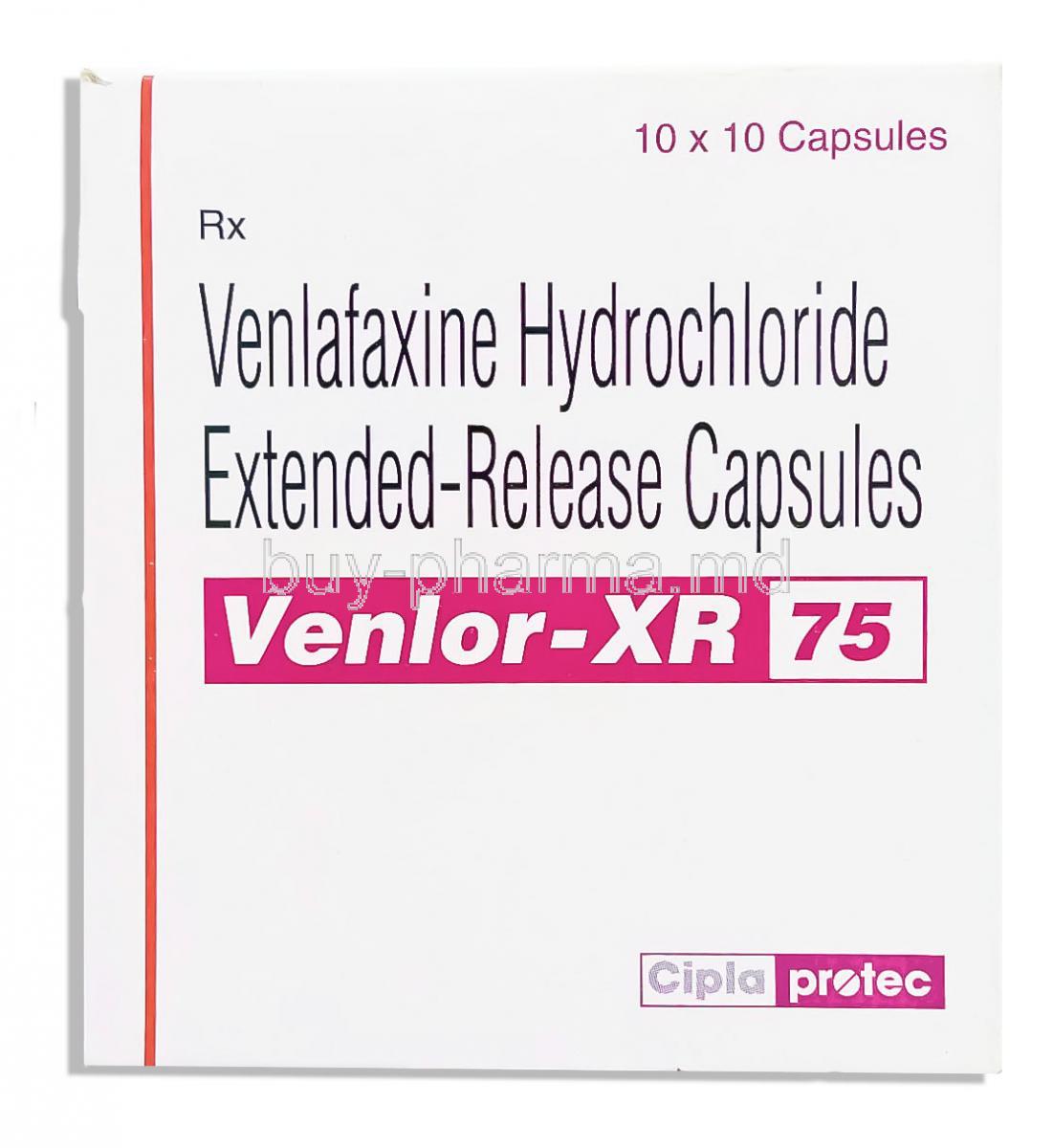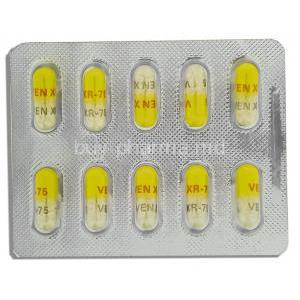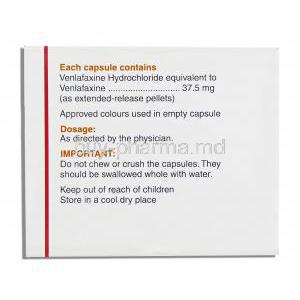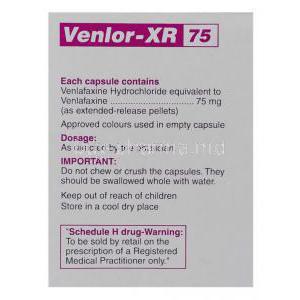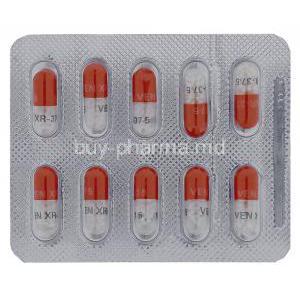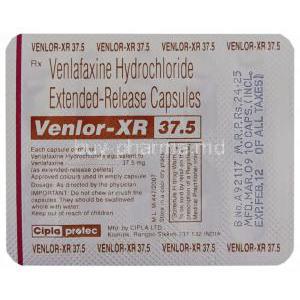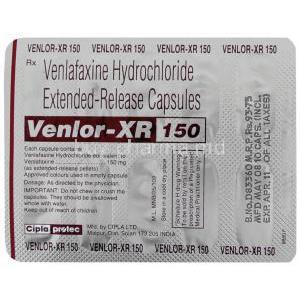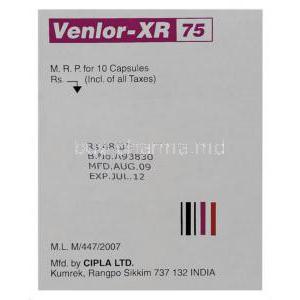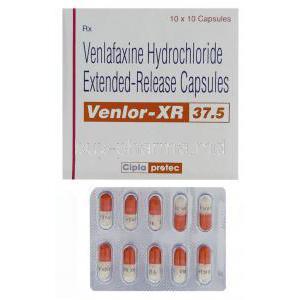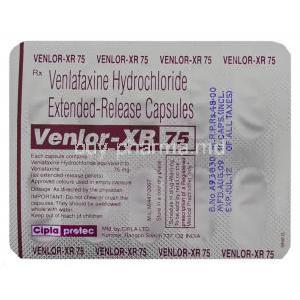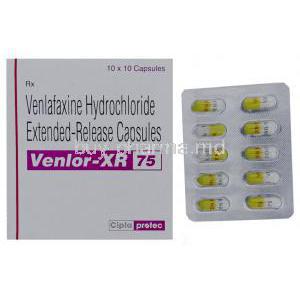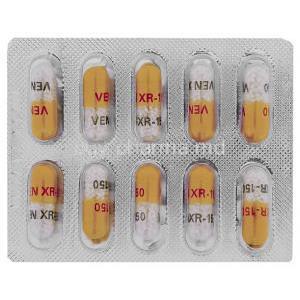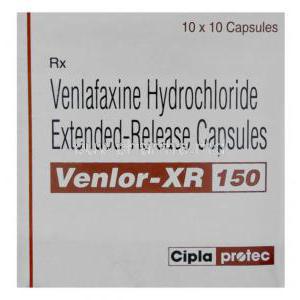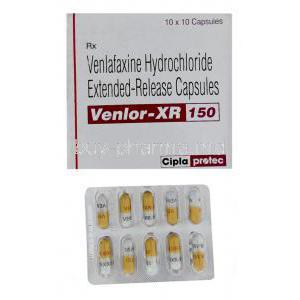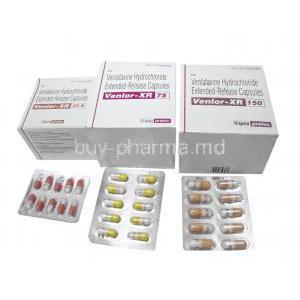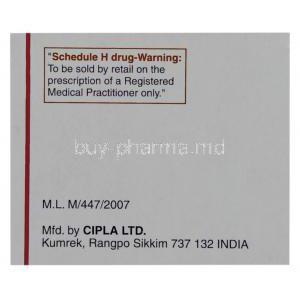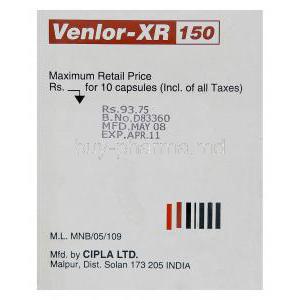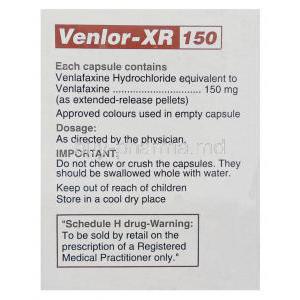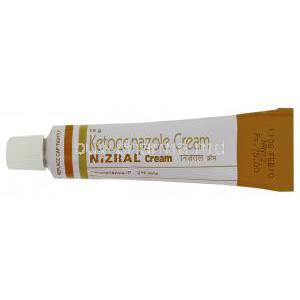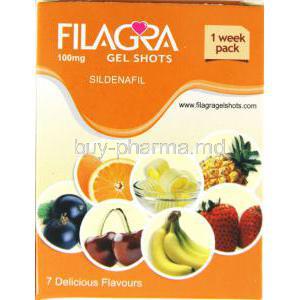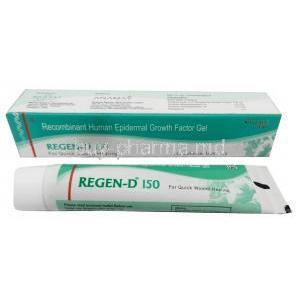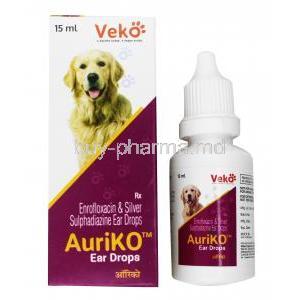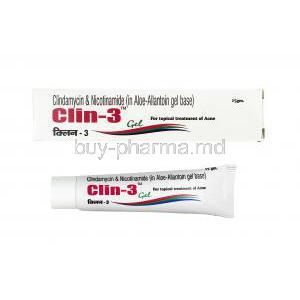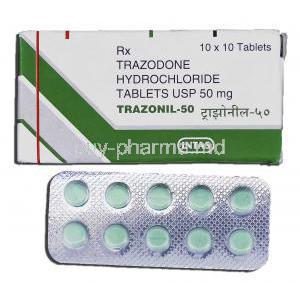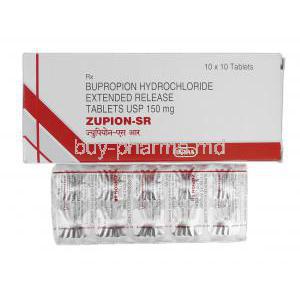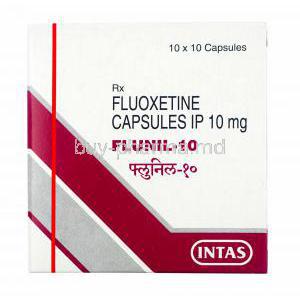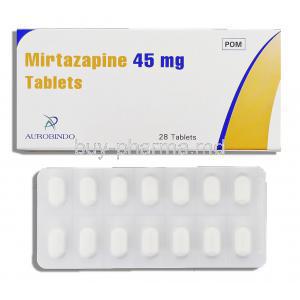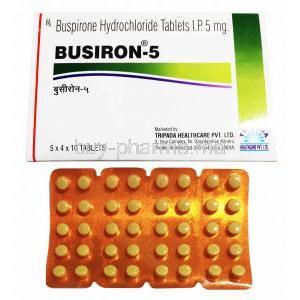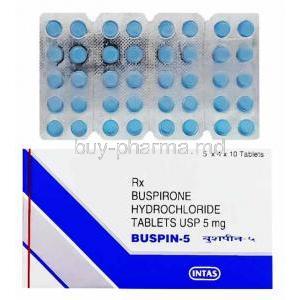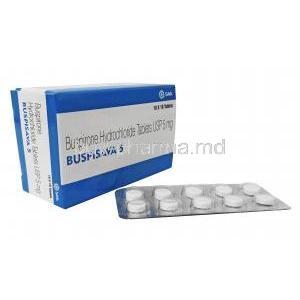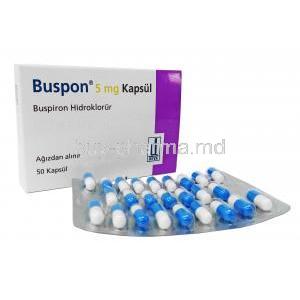Introduction to Venlor XR (Venlafaxine)
Venlor XR is an extended-release formulation of venlafaxine, engineered to provide a gradual and sustained release of the active ingredient throughout the day. This pharmacological design helps maintain consistent plasma levels, reducing the frequency of administration while minimizing fluctuations that may cause adverse effects. Classified as a serotonin-norepinephrine reuptake inhibitor (SNRI), Venlor XR exerts a dual-action mechanism that influences both mood and anxiety regulation.
Venlafaxine was first introduced in the early 1990s as a novel antidepressant option for patients who did not respond optimally to selective serotonin reuptake inhibitors (SSRIs). Over time, it gained recognition for its broader spectrum of activity and its role in managing complex psychiatric conditions. Today, Venlor XR is available under various brand names and as a generic across multiple global markets, providing cost-effective access to effective mental health therapy.
Composition and Formulation
The active pharmaceutical ingredient in Venlor XR is venlafaxine hydrochloride. It is formulated in extended-release capsules that come in multiple dosage strengths, such as 37.5 mg, 75 mg, and 150 mg, enabling tailored titration according to patient needs.
Excipients may include cellulose derivatives, ethylcellulose, gelatin, and coloring agents, all of which contribute to capsule integrity and controlled drug release. Unlike immediate-release venlafaxine, which requires multiple daily doses, the XR formulation utilizes specialized coating technology to slowly deliver the medication over 24 hours, improving adherence and tolerability.
Approved Medical Uses of Venlor XR
3.1 Treatment of Major Depressive Disorder (MDD)
Venlor XR is indicated for the treatment of MDD, aiming to alleviate persistent sadness, loss of interest, and impaired functioning. Clinical benefits include improved mood stability, enhanced cognitive clarity, and restoration of daily activities.
3.2 Management of Generalized Anxiety Disorder (GAD)
In GAD, Venlor XR helps diminish excessive, uncontrollable worry and the accompanying physical manifestations, such as muscle tension, restlessness, and sleep disturbance.
3.3 Treatment of Social Anxiety Disorder (Social Phobia)
Venlor XR reduces fear, avoidance, and distress during social interactions, empowering patients to participate in social and professional activities with greater confidence.
3.4 Treatment of Panic Disorder
The medication assists in decreasing the frequency and intensity of panic attacks, while also reducing anticipatory anxiety and phobic avoidance.
Off-Label Uses of Venlor XR
Beyond its approved uses, Venlor XR has shown therapeutic promise in several off-label contexts:
- Neuropathic pain management – modulation of pain pathways for relief in nerve-related pain syndromes
- Migraine prophylaxis – reduction in migraine frequency and severity
- Menopausal vasomotor symptoms – alleviation of hot flashes and night sweats
- ADHD adjunctive therapy – improvement in focus and impulse control
- PTSD management – reduction in intrusive memories and hyperarousal
- PMDD symptom relief – mitigation of mood swings and irritability before menstruation
Mechanism of Action – How Venlor XR Works
Venlor XR operates by inhibiting the reuptake of serotonin and norepinephrine in the central nervous system, thereby enhancing neurotransmitter availability in the synaptic cleft. This dual reuptake inhibition supports mood elevation, anxiety reduction, and improvement in cognitive function.
The drug exhibits minimal dopaminergic activity, which may contribute to its unique therapeutic profile. The XR capsule ensures a gradual release, promoting steady plasma concentrations and reducing the peaks and troughs associated with immediate-release formulations.
Dosage and Administration Guidelines
6.1 Standard Adult Dosing for Approved Indications
Initial dosing typically begins at 75 mg once daily, with gradual titration in increments based on therapeutic response and tolerability, up to a maximum recommended dose determined by the specific condition being treated.
6.2 Off-Label Dosing Considerations
Dosing for off-label uses is individualized, often starting at lower doses to assess response and minimize adverse effects before adjustments are made.
6.3 Switching from Immediate-Release to Extended-Release
Patients transitioning from IR formulations can generally switch to the XR equivalent at the same total daily dose, taken once daily.
6.4 Administration Instructions
Capsules should be swallowed whole with food to improve gastrointestinal tolerability. They must not be crushed, chewed, or opened, as this compromises the extended-release mechanism.
Common Side Effects of Venlor XR
Frequent side effects may include:
- Nausea and gastrointestinal discomfort
- Dizziness or lightheadedness
- Dry mouth and constipation
- Insomnia or sleep disturbances
- Excessive sweating
- Decreased appetite
- Sexual dysfunction
- Weight fluctuations
Potential Serious Side Effects and Adverse Reactions
While generally well-tolerated, Venlor XR may cause severe adverse effects in certain individuals:
- Hypertension – requiring regular blood pressure monitoring
- Serotonin syndrome – characterized by agitation, hyperthermia, and neuromuscular abnormalities
- Severe dermatologic reactions – such as Stevens-Johnson syndrome
- Seizure risk – particularly in predisposed individuals
- Abnormal bleeding – heightened with concurrent anticoagulant or antiplatelet use
- Angle-closure glaucoma – sudden eye pain, vision changes, and headache
- Withdrawal syndrome – dizziness, irritability, sensory disturbances upon abrupt cessation
Prompt medical evaluation is advised if any severe reaction is suspected.
Drug Interactions
9.1 Contraindicated Drug Combinations
Co-administration with monoamine oxidase inhibitors (MAOIs) is strictly prohibited due to the high risk of serotonin syndrome. This potentially life-threatening condition can present with hyperthermia, muscle rigidity, autonomic instability, and profound mental status changes. A washout period—typically 14 days—is required when switching between MAOIs and venlafaxine to mitigate this risk.
9.2 Interactions with CNS-active Agents
Venlafaxine exhibits additive serotonergic effects when combined with:
- Selective serotonin reuptake inhibitors (SSRIs) and other SNRIs
- Triptans used for migraine therapy
- Antipsychotic medications with serotonergic or dopaminergic modulation
Such combinations may amplify central nervous system stimulation or sedation, increasing the potential for neurotoxicity or excessive serotonergic activity.
9.3 Effect on Metabolism via CYP2D6 and CYP3A4 Pathways
Venlafaxine undergoes extensive hepatic metabolism, primarily via the CYP2D6 isoenzyme, with secondary involvement of CYP3A4. Potent inhibitors of these pathways—such as certain antifungals, macrolide antibiotics, and protease inhibitors—can elevate plasma concentrations, necessitating close monitoring and dose adjustment.
9.4 Alcohol and Sedative Interactions
Concurrent intake of alcohol or sedatives potentiates CNS depressant effects, impairing cognitive and motor performance. Such combinations may also obscure early symptoms of adverse reactions, delaying intervention.
Warnings and Safety Precautions
- Suicidal ideation risk – heightened in young adults during initial treatment phases
- Blood pressure monitoring – venlafaxine may cause dose-related hypertension
- Mania induction – possible in patients with underlying bipolar disorder
- Seizure caution – threshold-lowering potential in susceptible individuals
- Electrolyte imbalance – elderly patients prone to hyponatremia require vigilance
- Gradual tapering – abrupt discontinuation risks withdrawal-like symptoms, including dizziness, irritability, and sensory disturbances
Contraindications
- Documented hypersensitivity to venlafaxine or any excipients
- Concurrent or recent (within 14 days) MAOI therapy
- Uncontrolled narrow-angle glaucoma, due to potential ocular pressure elevation
Careful Administration and Special Precautions
Patients with hepatic or renal impairment require dosage modification to prevent accumulation and toxicity. Regular psychiatric evaluations are essential to track therapeutic progress and detect emergent behavioral changes. Those with cardiovascular risk factors benefit from periodic cardiac monitoring, including heart rate and blood pressure assessment.
Administration to Special Populations
13.1 Elderly Patients
Elderly individuals may experience amplified drug effects due to reduced clearance. They are particularly susceptible to orthostatic hypotension and hyponatremia, necessitating conservative dosing and close follow-up.
13.2 Pregnant Women
Venlafaxine use during pregnancy may be associated with fetal risk, including neonatal adaptation syndrome characterized by respiratory distress, feeding difficulties, and irritability. Risk–benefit analysis is imperative.
13.3 Nursing Mothers
The drug is excreted into breast milk in measurable quantities. Infants should be monitored for sedation, poor feeding, or developmental delays if maternal therapy is essential.
13.4 Pediatric Use
Safety and efficacy data for pediatric patients are limited. Use is associated with an increased risk of suicidal ideation, particularly during early treatment or dose adjustments.
Overdose Management
Signs of venlafaxine overdose may include severe dizziness, vomiting, seizures, cardiac arrhythmias, hypotension, and altered mental status. Prompt medical attention is crucial.
Emergency measures encompass:
- Ensuring airway patency and adequate oxygenation
- Administration of activated charcoal to limit absorption
- Continuous cardiac monitoring and hemodynamic support
Storage and Handling Precautions
- Store at controlled room temperature, away from excessive moisture and heat
- Maintain in original packaging to protect from light and humidity
- Dispose of unused or expired medication responsibly, in accordance with local regulations
- Keep securely out of reach of children and domestic animals to prevent accidental ingestion
Venlor XR, Venlafaxine FAQ
Customers also bought
150 mcg/g

